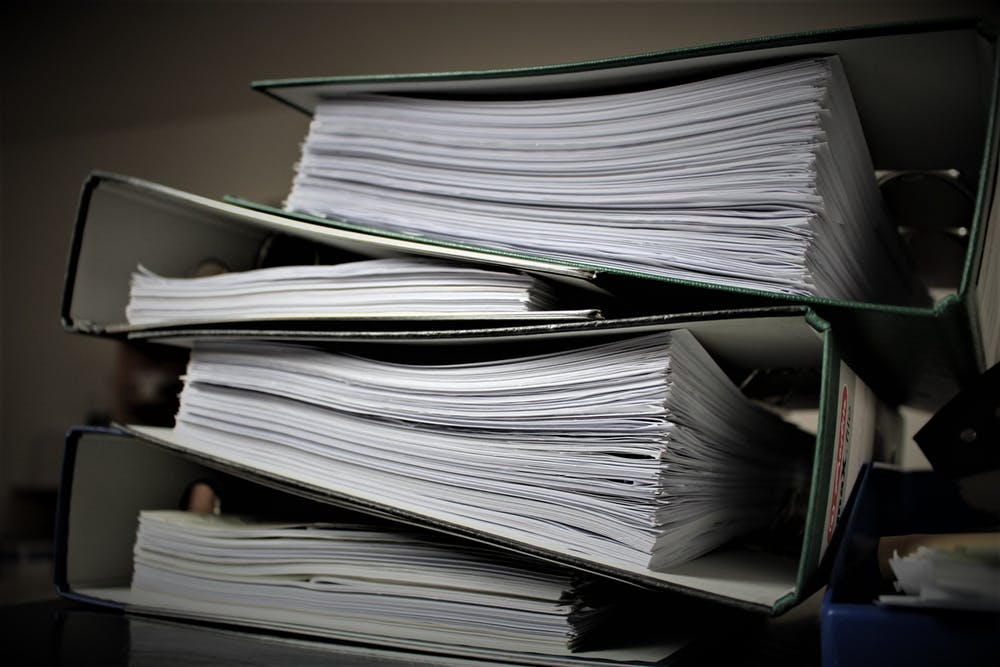The Important Steps of the Case Study Method

We are a team of experts who aims to help all students at any level of teaching in their tasks. We know from experience how difficult it can be to have to deliver the work proposed by teachers. At all levels! Either for the average student of study, or for those who are finishing their course or some graduate.
Are you in need of help for the case study method at this time? Well, you’ve come to the right place. If you want to dispatch your subject and stay calm, see the contact forms available on our site. Choose the best one for you and contact us right away. Explain in detail what you want, send us your best contact and we will be speaking to you soon. As soon as you give us your consent, we will begin working on your case study method.
There are several steps to be taken for the case study method. To know
- Determine and define research questions
- Select cases and determine data collection and analysis techniques
- Preparation for data collection
- Collection of data in the field
- Evaluate and analyze data
- Prepare the report
- By following these six steps the case study is complete. For each step to be well understood, let’s look at each separately.
Determine and define research questions

The first step in the research is to establish a firm research focus that the researcher can refer to throughout the study of a complex phenomenon or object. The researcher establishes the focus of the study by asking questions about the situation or problem being studied and determining a purpose for the study. The object of research in a study may often be
- a program,
an entity,
A person,
a group of people.
Each object is likely to be intrinsically linked to issues - political,
social,
historical,
personal,
providing ample possibilities of questions and adding complexity to the study to be carried out. The investigator investigates the object of in-depth study using a variety of data collection methods to produce evidence that leads to the understanding of the case and answers the research questions.
Select cases and determine data collection and analysis techniques
During the research design phase, the researcher determines which approaches will be used in the selection of single or multiple real-life cases to examine in depth, and which instruments and approaches to data collection will be used.
When using multiple cases, each case is treated as unique. The conclusions of each case can then be used as information that contributes to the entire study, however each case remains a single case.

The researcher must determine whether to study cases that are unique in some way or cases that are considered typical and can also select cases to represent a variety of geographic regions, a variety of size parameters or other parameters.
A useful step in the selection process is to repeatedly go back to the purpose of the study in order to draw attention to where to look for cases and evidence that will satisfy the purpose of the study and answer the raised research questions. Selecting multiple or unique cases is a key element.
Preparation for data collection in the Case Study Method
Because case-study research generates a large amount of data from multiple sources, systematic organization of data is important to prevent the researcher from becoming overwhelmed by the amount of data and to prevent the researcher from losing sight of the original goal and questions of the researcher. search.
Prepaid preparation assists in the handling of large amounts of data in a documented and systematic manner. The researchers prepare databases to assist in the categorization, classification, storage and retrieval of data for analysis.
Collection of data in the field

The researcher must collect and store multiple sources of evidence comprehensively and systematically in formats that can be referenced and classified so that convergent lines of inquiry and patterns can be discovered. The researchers carefully observe the object of the case study and identify causal factors associated with the observed phenomenon.
The renegotiation of the arrangements with the objects of the study or the addition of questions to the interviews may be necessary as the study progresses. Case study research is flexible, but when changes are made, they are documented systematically.
Evaluate and analyze data
The researcher examines the raw data using many interpretations to find links between the search object and the results with reference to the original search questions. Throughout the process of evaluation and analysis, the researcher remains open to new opportunities and insights.
The case study method, using multiple methods of data collection and analysis techniques, offers researchers the opportunity to triangulate data to strengthen the findings and conclusions of the research.
The tactics used in the analysis force researchers to go beyond initial impressions to improve the likelihood of accurate and reliable findings.
Examples of case studies allow you to deliberately sort data in many different ways to expose or create new ideas and look for conflicting data to disallow the analysis. Researchers categorize, tabulate, and recombine data to address the initial propositions or purpose of the study, and perform cross-checks of facts and discrepancies in the accounts.
Prepare the report

Examples of case studies report the data in a way that transforms a complex issue into one that can be understood, allowing the reader to question and examine the study and come to an independent understanding of the researcher.
The purpose of the written report is to portray a complex problem in a way that conveys an experience passed on to the reader. The studies present the data in a very accessible way to the public and can lead the reader to apply the experience to their own actual situation.
Researchers pay close attention to sufficient evidence to gain the confidence of the reader that all routes have been explored, clearly communicating the boundaries of the case and giving special attention to conflicting propositions.
The introduction of the report includes acknowledging all participants, indicating the problem, listing the research questions, describing the methods used to conduct the research and any potential flaws in the method used, explaining the data collection and analysis techniques used and concluding with the answers to questions and suggestions for future research.
Key features of the report include a feeling of specific stories related to the successes or losses experienced by organizations that were transmitted during data collection and responses or comments illuminating issues directly related to the research questions.
The researcher develops each question using quotes or other details of the data collected, and points to triangulation of data where applicable. The report also includes confirmation and departures from the conclusions of the literature used.
The report’s conclusion makes affirmations and suggestions for new research activities so that another researcher can apply these techniques to another community network and its participants to determine if similar findings are identifiable in other communities.

We know that studies are complex because they often involve multiple sources of data, can include multiple cases within a study, and produce large amounts of data for analysis. Researchers from many disciplines use the case study method to construct theory, produce a new theory, discuss or challenge theory, explain a situation, provide a basis for applying solutions to situations, exploring or describing an object or phenomenon.
The advantages of this method of study are its applicability to real, contemporary, human situations and its public accessibility through written reports. The results of case studies relate directly to the everyday experience of the average reader and facilitate the understanding of complex real-life situations.
Our help with Case Study Method
If you are doing such a study, you have understood that we really realize what you are doing. We know that the processing of data and the report are very time-consuming steps and the analysis of all the information received can take an eternity to end. Want to streamline the process? Contact us.

Tell us what you need to do for yourself and take a vacation from your work to rest. We know how exhausting this job can be, but rest assured it’s putting you in the hands of professionals. Our staff is prepared at the highest level to do this type of work and our writers are the best on the market, so you can rest.
To know how everything can be processed the ideal is to talk to us right now. You found us because you were looking for help. Count on us and our description. Your contact will be confidential as will all the work we do for you.
















